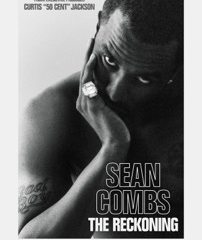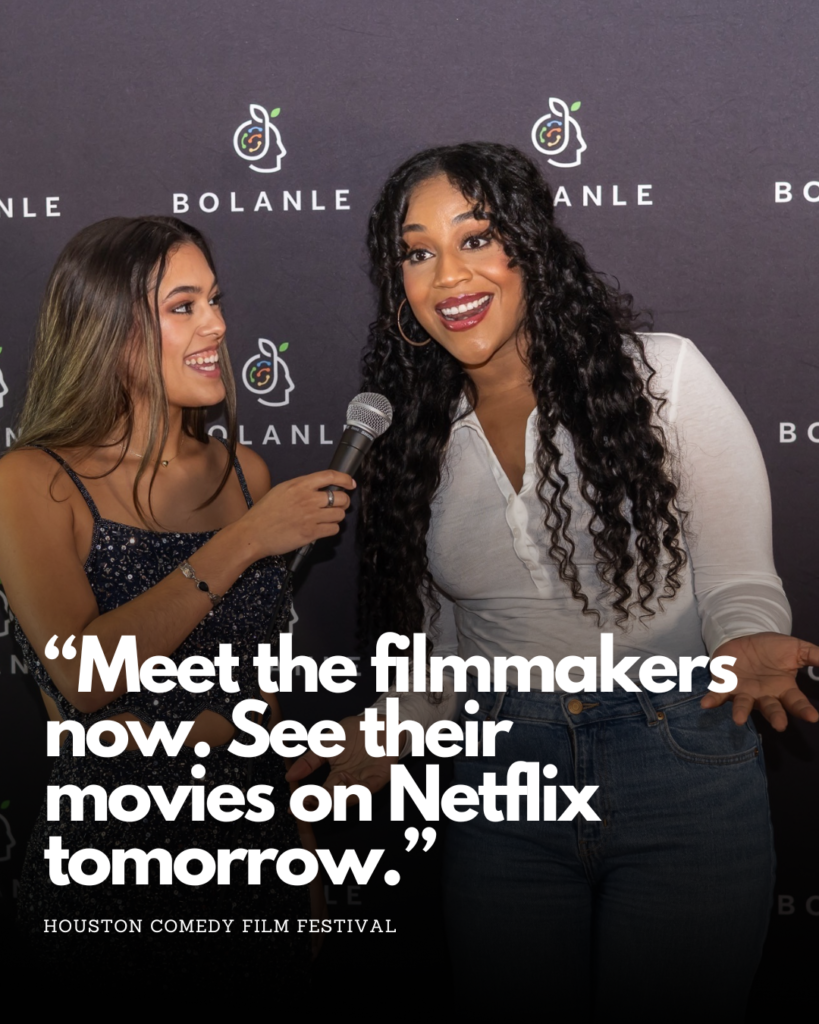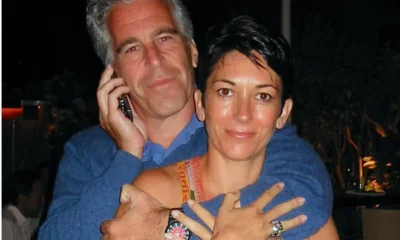Entertainment
3 Obsessed Michael Jackson Fans Who Made His Life a Nightmare
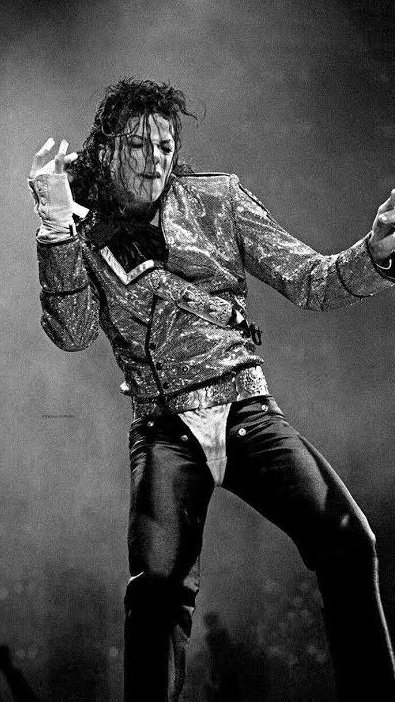
Few public figures have inspired as much adoration—or as much dangerous obsession—as Michael Jackson. While millions idolized him from afar, a handful of super-fans took their devotion into darker territory, crossing the line from fandom to frightening fixation. Here are the true accounts of three women whose obsessions made Michael Jackson’s life a very real nightmare.
Denise Feifer: From Devoted Admirer to Criminal Outlaw
Denise Feifer’s fascination with Michael Jackson began at age 12, blossoming into an intense, decades-long obsession. A former bank clerk from Leicestershire, England, Denise followed Jackson around the world during his “Dangerous” tour, attending nearly every date and spending about $40,000. Her devotion bordered on the extreme: she once waited at Heathrow airport for days and even bluffed her way into Jackson’s hotel room in Frankfurt, Germany, managing to spend over an hour with her idol.

But when child abuse allegations against Jackson erupted in 1993, Denise’s attachment took a dark turn. Convinced of his innocence, she flew to Los Angeles to confront the family of his accuser, Jordie Chandler. Her actions escalated to vandalism, threatening calls, and attempted break-ins. Denise was eventually arrested and held in harsh jail conditions. International headlines followed when actress Lynn Redgrave posted Denise’s bail. The experience shattered her illusions: feeling abandoned by Jackson and humiliated by her ordeal, she returned to England bitter and disillusioned, ultimately turning away from the fantasy life she had built around him.
Leavonne Powell: The Self-Styled “Billie Jean Jackson”
Leavonne Powell, known by various aliases including “Billie Jean Jackson” and “Gabriella Jamila,” became notorious in the late 1980s for her delusional pursuit of the pop star. Powell insisted that Jackson was her husband and the father of her children, repeatedly filing lawsuits—including a $150 million paternity claim in 1987—and even legally changing her name to Billie Jean Jackson.
Her behaviors went far beyond the legal realm. Powell trespassed on Jackson’s properties, billed luxury items to his name, and was caught trying to sneak into his house, all while disregarding restraining orders and serving multiple jail sentences. Even after her paternity suit was dismissed for lack of evidence and Powell was ordered to undergo psychiatric evaluation, her fixation endured for years. Remarkably, she reemerged in 2008, now seeking $1 billion in support and visitation rights for yet another child she claimed Jackson had fathered—again, with no proof. Courts repeatedly dismissed her outlandish claims, but for Leavonne Powell, obsession never faded.

Michelle Flowers: Accuser, Litigant, and Reluctant Recantation
Michelle Flowers, a Californian, made headlines in 1994 by filing a paternity and child support lawsuit against Jackson, demanding a mansion and $20 million a year for her alleged son. Her claims spun into ever stranger territory: tales of Jackson disguised and stalking her, kidnapping attempts, and spiritual manipulation. Despite sweeping and uncorroborated allegations, Flowers continued to press her case, even as courts conducted DNA tests that definitively proved Jackson was not the father—the biological father was her former husband.
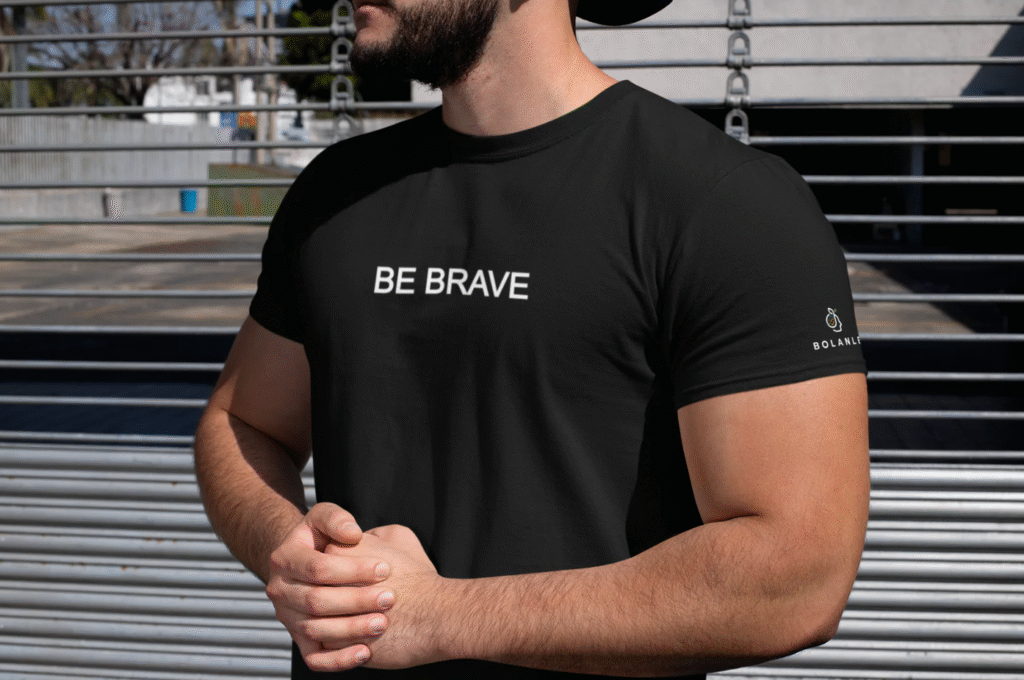
Judges barred Flowers from filing further suits without special approval, but she persisted, shifting her narrative from paternity to claims of assault and psychological harassment. Years later, during Jackson’s own high-profile criminal trial, Flowers performed a dramatic reversal, publicly recanting her accusations, defending Jackson’s character, and expressing regret for her previous claims. Whether out of remorse or a new phase of obsession, her flip-flop closed one of the most bewildering chapters in Jackson’s decades of legal and personal distress.
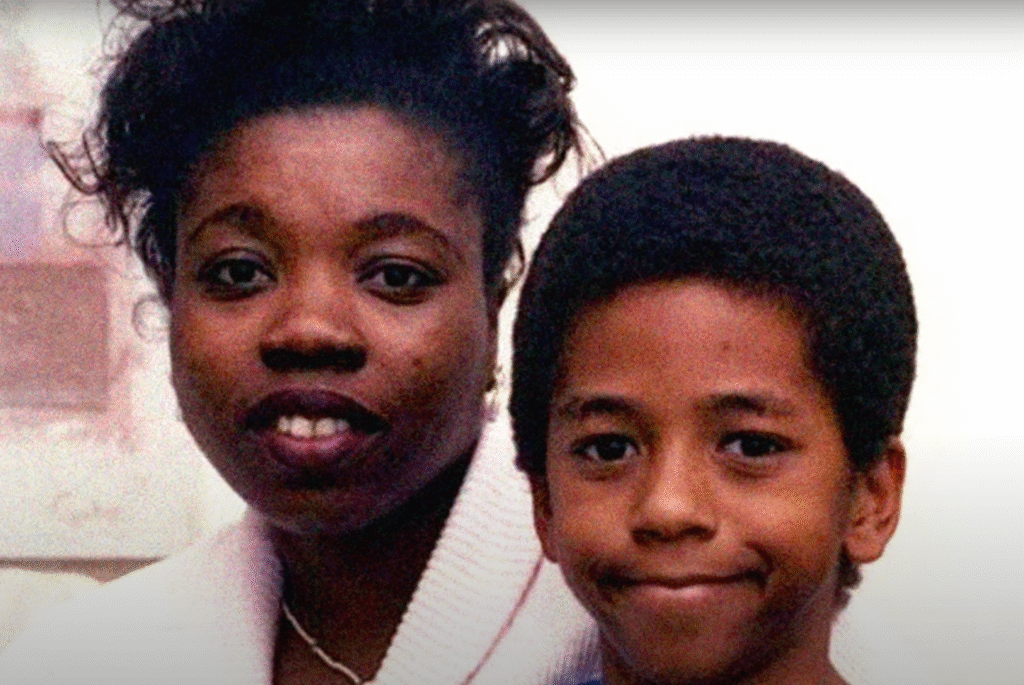
The Dark Side of Stardom
For Michael Jackson, the world’s adulation came with a perilous price. Denise Feifer, Leavonne Powell, and Michelle Flowers were more than zealous fans—they were relentless, sometimes delusional presences that invaded his privacy, safety, and peace of mind. These stories expose a chilling truth: while fame can inspire devotion, it can also attract dangerous obsession. For Jackson, the real horror wasn’t just the rumors or the press—but the super-fans whose love became his nightmare.
Entertainment
What We Can Learn Inside 50 Cent’s Explosive Diddy Documentary: 5 Reasons You Should Watch

50 Cent’s new Netflix docuseries about Sean “Diddy” Combs is more than a headline-grabbing exposé; it is a meticulous breakdown of how power, celebrity, and silence can collide in the entertainment industry.
Across its episodes, the series traces Diddy’s rise, the allegations that followed him for years, and the shocking footage and testimonies now forcing a wider cultural reckoning.
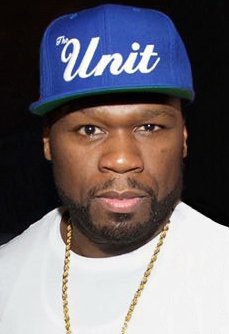
1. It Chronicles Diddy’s Rise and Fall – And How Power Warps Reality
The docuseries follows Combs from hitmaker and business icon to a figure facing serious criminal conviction and public disgrace, mapping out decades of influence, branding, and behind-the-scenes behavior. Watching that arc shows how money, fame, and industry relationships can shield someone from scrutiny and delay accountability, even as disturbing accusations accumulate.
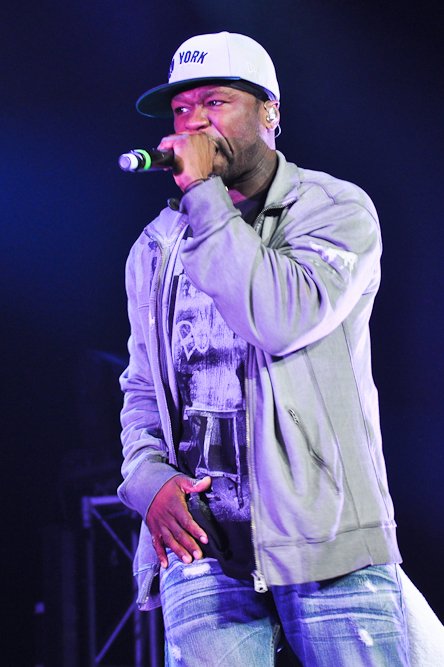
2. Never-Before-Seen Footage Shows How Narratives Are Managed
Exclusive footage of Diddy in private settings and in the tense days around his legal troubles reveals how carefully celebrity narratives are shaped, even in crisis.
Viewers can learn to question polished statements and recognize that what looks spontaneous in public is often the result of strategy, damage control, and legal calculation.
3. Survivors’ Stories Highlight Patterns of Abuse and Silence
Interviews with alleged victims, former staff, and industry insiders describe patterns of control, fear, and emotional or physical harm that were long whispered about but rarely aired in this detail. Their stories underline how difficult it is to speak out against a powerful figure, teaching viewers why many survivors delay disclosure and why consistent patterns across multiple accounts matter.
4. 50 Cent’s Approach Shows Storytelling as a Tool for Accountability
As executive producer, 50 Cent uses his reputation and platform to push a project that leans into uncomfortable truths rather than protecting industry relationships. The series demonstrates how documentary storytelling can challenge established power structures, elevate marginalized voices, and pressure institutions to respond when traditional systems have failed.
5. The Cultural Backlash Reveals How Society Handles Celebrity Accountability
Reactions to the doc—ranging from people calling it necessary and brave to others dismissing it as a vendetta or smear campaign—expose how emotionally invested audiences can be in defending or condemning a famous figure. Watching that debate unfold helps viewers see how fandom, nostalgia, and bias influence who is believed, and why conversations about “cancel culture” often mask deeper questions about justice and who is considered too powerful to fall.
Entertainment
South Park’s Christmas Episode Delivers the Antichrist

A new Christmas-themed episode of South Park is scheduled to air with a central plot in which Satan is depicted as preparing for the birth of an Antichrist figure. The premise extends a season-long narrative arc that has involved Satan, Donald Trump, and apocalyptic rhetoric, positioning this holiday episode as a culmination of those storylines rather than a stand‑alone concept.
Episode premise and season context
According to published synopses and entertainment coverage, the episode frames the Antichrist as part of a fictional storyline that blends religious symbolism with commentary on politics, media, and cultural fear. This follows earlier Season 28 episodes that introduced ideas about Trump fathering an Antichrist child and tech billionaire Peter Thiel obsessing over prophecy and end‑times narratives. The Christmas setting is presented as a contrast to the darker themes, reflecting the series’ pattern of pairing holiday imagery with controversial subject matter.
Public and political reactions
Coverage notes that some figures connected to Donald Trump’s political orbit have criticized the season’s portrayal of Trump and his allies, describing the show as relying on shock tactics rather than substantive critique. Commentators highlight that these objections are directed more at the depiction of real political figures and the show’s tone than at the specific theology of the Antichrist storyline.
At the time of reporting, there have not been widely reported, detailed statements from major religious leaders focused solely on this Christmas episode, though religion-focused criticism of South Park in general has a long history.
Media and cultural commentary
Entertainment outlets such as The Hollywood Reporter, Entertainment Weekly, Forbes, Slate, and USA Today describe the Antichrist arc as part of South Park’s ongoing use of Trump-era and tech-world politics as material for satire.
Viewer guidance and content advisory
South Park is rated TV‑MA and is intended for adult audiences due to strong language, explicit themes, and frequent use of religious and political satire. Viewers who are sensitive to depictions of Satan, the Antichrist, or parodies involving real political figures may find this episode particularly objectionable, while others may view it as consistent with the show’s long‑running approach to controversial topics. As with previous episodes, individual responses are likely to vary widely, and the episode is best understood as part of an ongoing satirical series rather than a factual or theological statement.
Entertainment
Sydney Sweeney Finally Confronts the Plastic Surgery Rumors

Sydney Sweeney has decided she is finished watching strangers on the internet treat her face like a forensic project. After years of side‑by‑side screenshots, “then vs now” TikToks, and long comment threads wondering what work she has supposedly had done, the actor is now addressing the plastic surgery rumors directly—and using them to say something larger about how women are looked at in Hollywood and online.

Growing Up on Camera vs. “Before and After” Culture
Sweeney points out that people are often mistaking normal changes for procedures: she grew up on camera, her roles now come with big‑budget glam teams, and her body has shifted as she has trained, aged, and worked nonstop. Yet every new red‑carpet photo gets folded into a narrative that assumes surgeons, not time, are responsible. Rather than walking through a checklist of what is “real,” she emphasizes how bizarre it is that internet detectives comb through pores, noses, and jawlines as if they are owed an explanation for every contour of a woman’s face.
The Real Problem Isn’t Her Face
By speaking up, Sweeney is redirecting the conversation away from her features and toward the culture that obsesses over them.
She argues that the real issue isn’t whether an actress has had work done, but why audiences feel so entitled to dissect her body as public property in the first place.
For her, the constant speculation is less about curiosity and more about control—another way to tell women what they should look like and punish them when they do not fit. In calling out that dynamic, Sweeney isn’t just defending herself; she is forcing fans and followers to ask why tearing apart someone else’s appearance has become such a popular form of entertainment.

 Entertainment2 weeks ago
Entertainment2 weeks agoWicked Sequel Disappoints Fans: Audience Verdict on For Good

 News3 weeks ago
News3 weeks agoYolanda Adams Questions Traditional Views on God’s Gender, Audience Reacts

 Entertainment2 weeks ago
Entertainment2 weeks agoAriana & Cynthia Say They’re in a ‘Non‑Demi Curious, Semi‑Binary’ Relationship… WTF Does That Even Mean?

 News3 weeks ago
News3 weeks agoEpstein Files to Be Declassified After Trump Order

 News4 weeks ago
News4 weeks agoTrump Throws Epstein Files at Clinton’s Door

 Entertainment4 weeks ago
Entertainment4 weeks agoAriana Grande’s Red Carpet: When Fans Forget Boundaries

 Entertainment4 weeks ago
Entertainment4 weeks agoKim Kardashian Reportedly Scammed by Psychic Before Failing Bar Exam

 Entertainment3 weeks ago
Entertainment3 weeks agoHollywood’s Kiss or Miss Policy: Why Saying No Got Neal McDonough Blackballed




